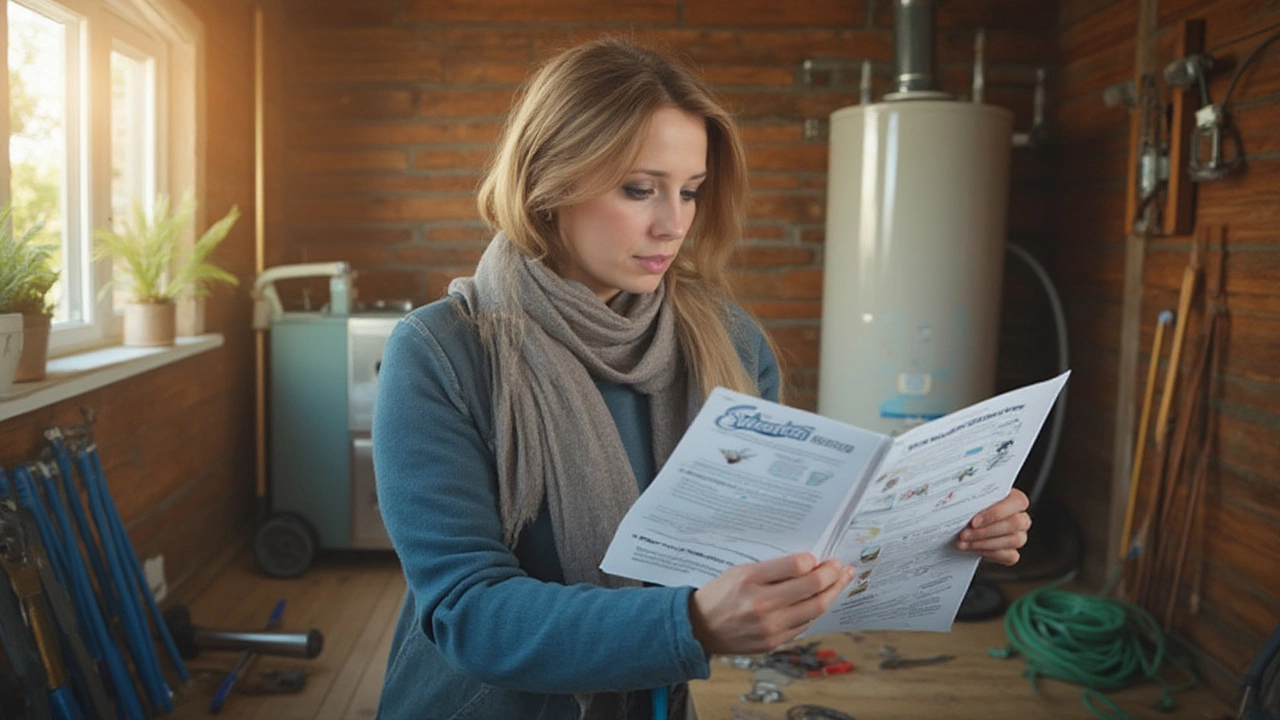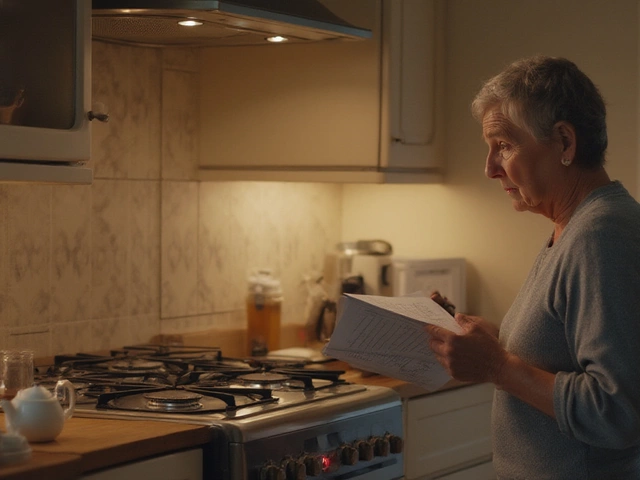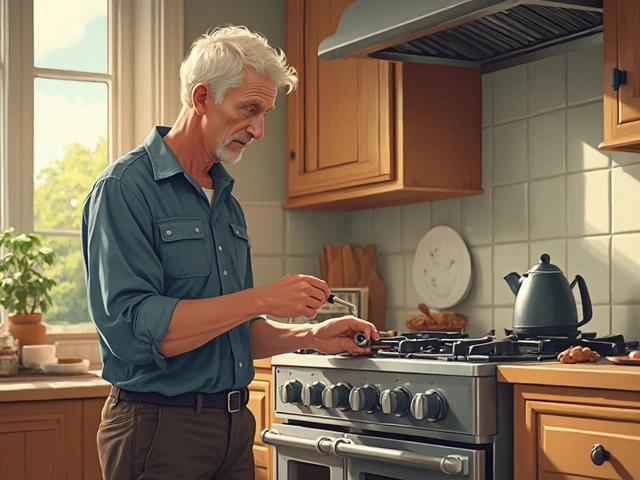If your hot water feels lukewarm or you hear rumbling noises, it’s probably time to flush the tank. A build‑up of sediment reduces efficiency, hikes energy bills, and can shorten the heater’s life. The good news? You don’t need a plumber for a basic flush – just a few tools and about an hour.
Most experts recommend flushing every 12 months, but hard‑water areas may need it twice a year. Look for these signs: cloudy water from the tap, strange noises, longer recovery times, or a noticeable rise in your heating bill. Ignoring sediment can cause the burner to overheat, leading to costly repairs or a premature replacement.
1. Gather tools. You’ll need a garden hose long enough to reach the drain, a bucket, adjustable pliers, and a flat‑head screwdriver. Turn off the power or gas – electric heaters require the breaker off, gas units need the thermostat set to ‘off’ and the gas valve closed.
2. Shut off the water supply. Locate the cold‑water inlet valve on top of the tank and turn it clockwise until it stops. This stops fresh water from entering while you drain.
3. Connect the hose. Attach one end of the hose to the drain valve at the bottom of the tank. Run the other end to a floor drain or outside where hot water can safely flow.
4. Open the drain valve. Using pliers, carefully open the valve. Let the water run until it looks clear. If it’s still brown or gritty, pause, close the valve, and let the tank sit for a few minutes to let sediment settle, then resume draining.
5. Flush with fresh water. Once the water runs clear, keep the drain valve open and briefly open the cold‑water inlet. Fresh water will swirl through the tank, loosening any remaining particles. Let it run for about a minute, then close the inlet.
6. Close and refill. Shut the drain valve, disconnect the hose, and remove the bucket. Turn the cold‑water supply back on – you’ll hear the tank fill. When the water runs steady from the nearest faucet, the tank is full.
7. Restore power or gas. For electric units, flip the breaker back on. For gas, turn the gas valve to ‘on’ and relight the pilot if needed. Set the thermostat to your desired temperature.
Give the heater a quick check after a few minutes to ensure everything is running smoothly. You should notice hotter water and quieter operation.
Common mistakes to avoid: Never open the drain valve while the heater is still full – it can cause water hammer. Don’t forget to turn off the power or gas; hot water can cause electric shocks or gas leaks. If the hose leaks, tighten the connections before you start.
Regular flushing is one of the cheapest ways to keep your water heater efficient. It extends the unit’s life, saves energy, and prevents surprise cold showers. Keep a simple schedule in your home maintenance log, and you’ll avoid costly repairs down the road.
Ready to try it? Grab a hose, follow these steps, and enjoy steady hot water without waiting for a technician. Your wallet – and your shower – will thank you.

Wondering if you can flush your water heater yourself? Learn the step-by-step process, tools you'll need, and expert tips to extend your water heater's life.

Spotting the two most common electric stove problems can make repairs easier. Learn how to catch signs like faulty burners and control issues with clear, helpful steps.

Dealing with a lack of hot water can be incredibly frustrating, especially during colder months. This article provides step-by-step guidance to identify and fix common issues with water heaters, ensuring you can tackle minor problems yourself before calling a professional. By understanding the functionality and common problems associated with water heaters, you can save time, money, and avoid inconvenient cold showers.

Ever opened your freezer to find squishy ice cream or thawed food when it should be rock solid? This article digs into the real reasons your freezer refuses to stay frozen, from simple mistakes to sneaky mechanical fails. Learn how to spot common culprits, fix minor issues yourself, and know when things are actually serious. Packed with practical tips and straightforward advice, you'll get the cold facts and solutions you need. No jargon, just help you can actually use.

Wondering if you can fix a faulty gas hob? This article explains what repairs are possible, which issues you can tackle yourself, and when to call in a pro. Get down-to-earth tips on spotting common problems, safety advice, and how regular care can extend your hob’s life. We cover everything from spark ignition troubles to stubborn burners that won’t light. Know what you’re dealing with and avoid expensive mistakes.

A practical guide for diagnosing common refrigerator problems, spotting signs of faults, and fixing them at home with tips and real-world facts.